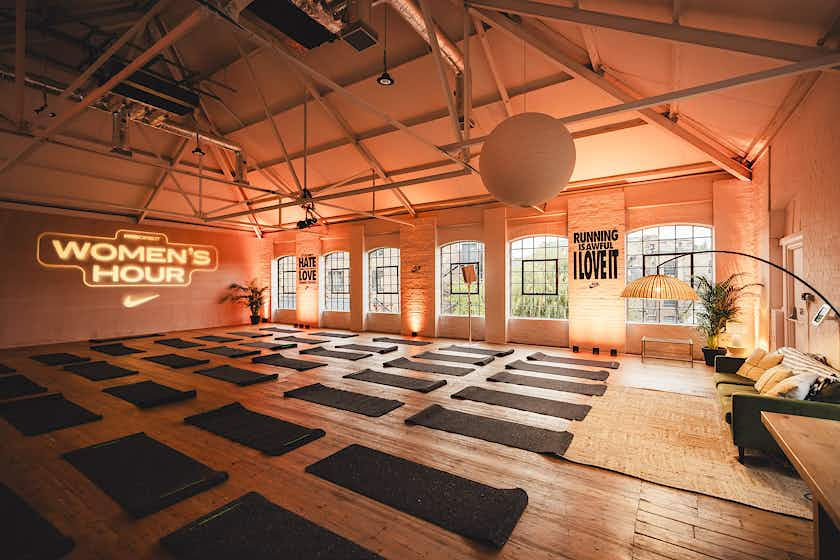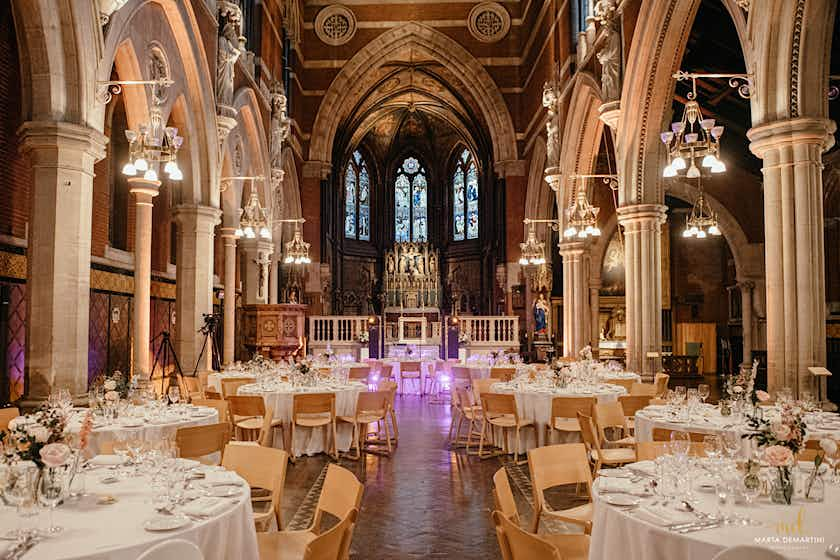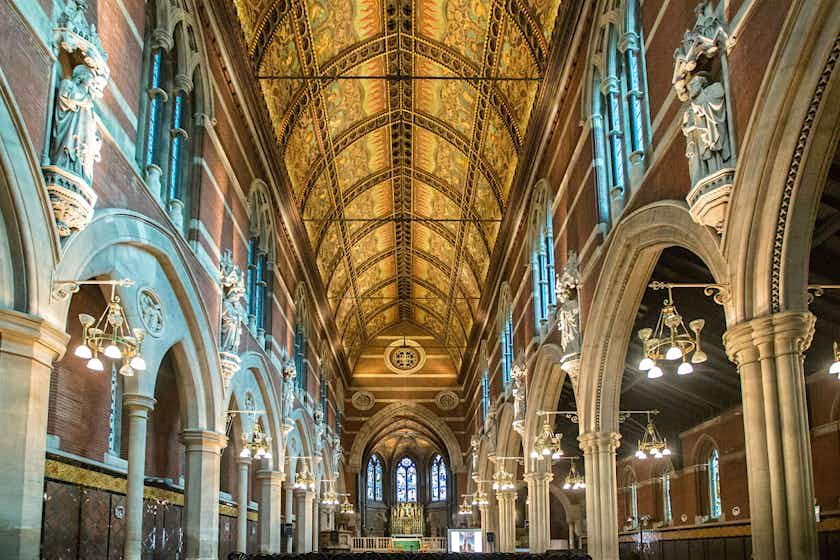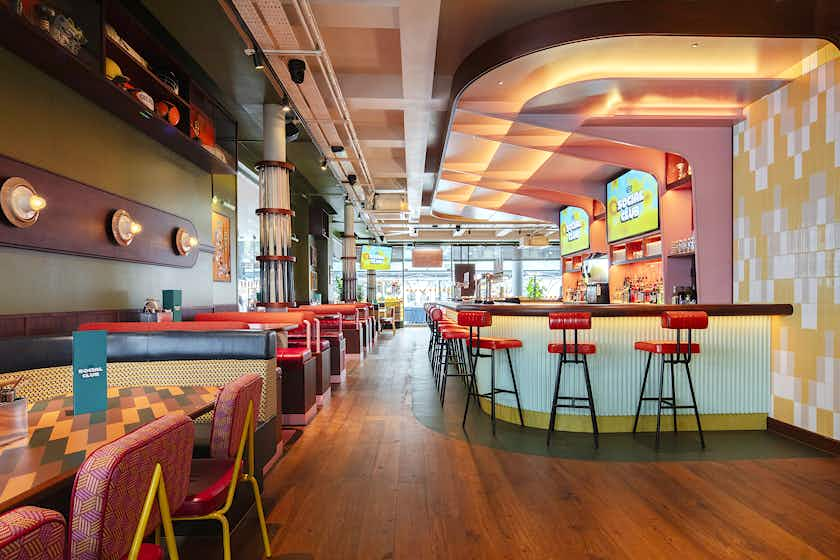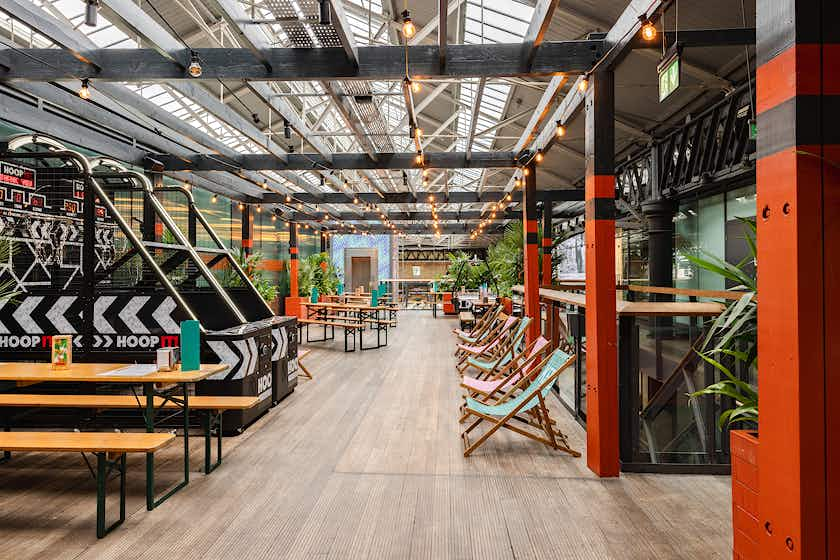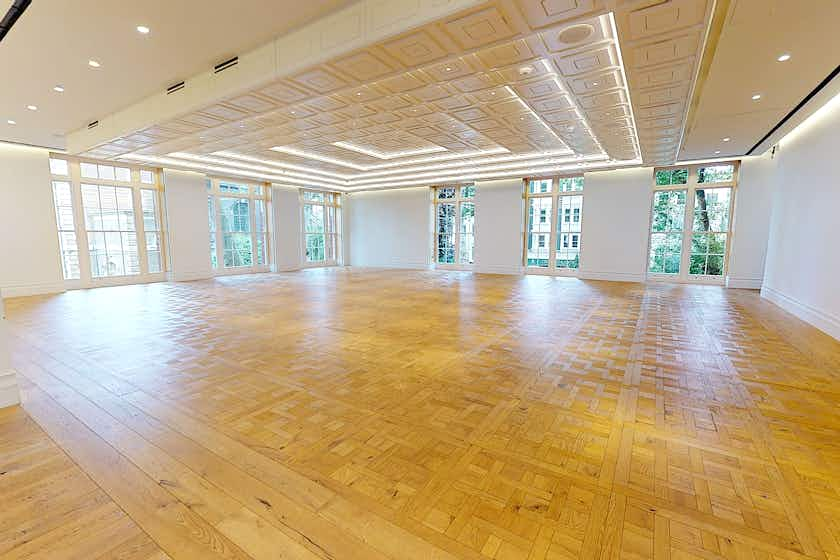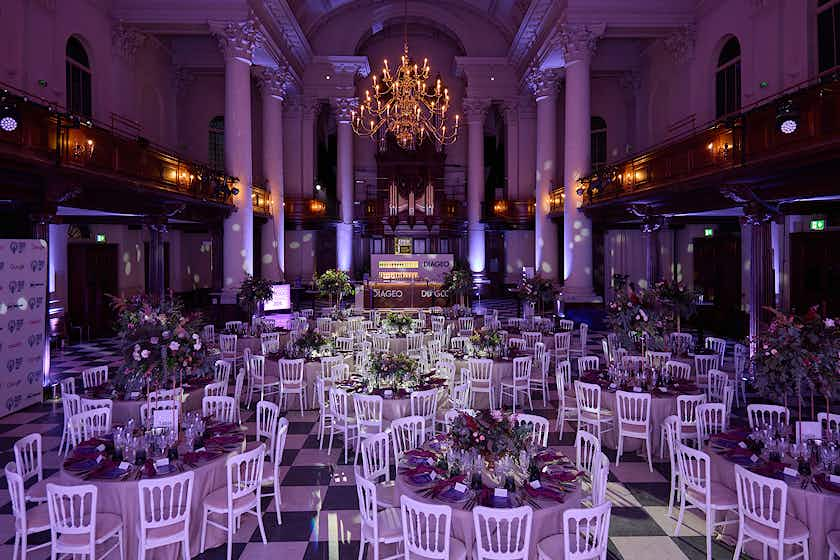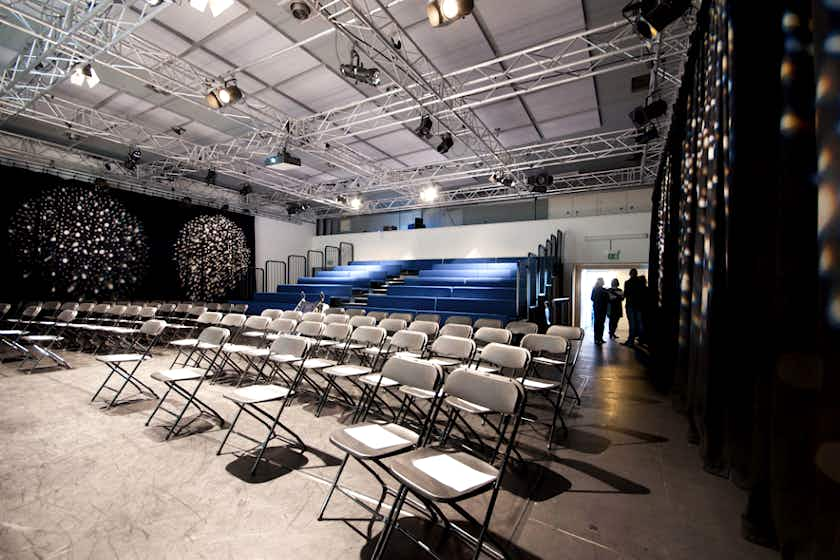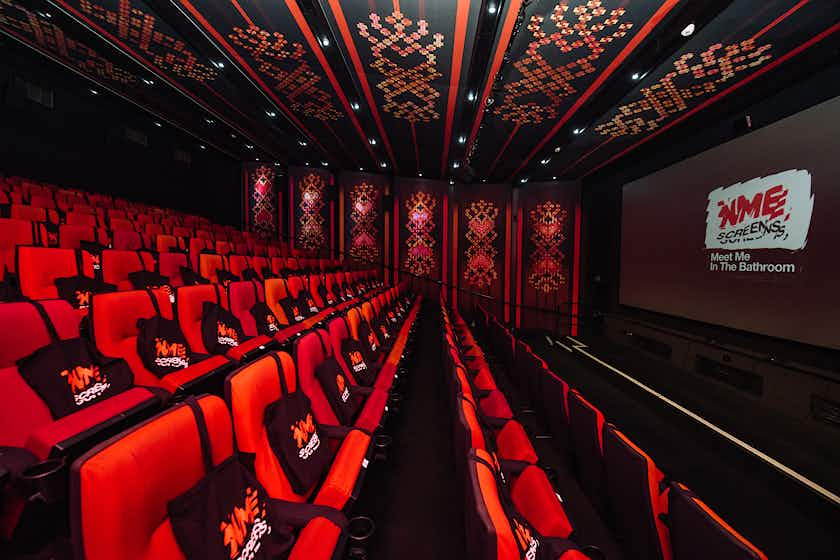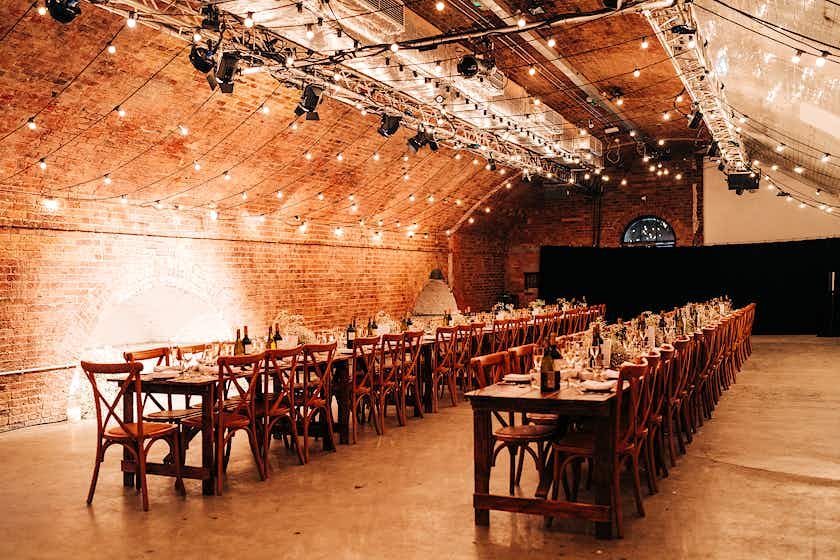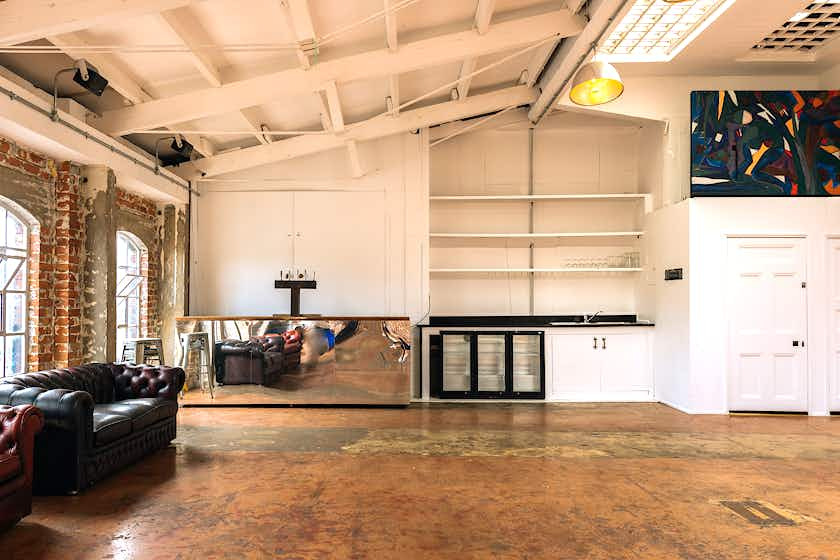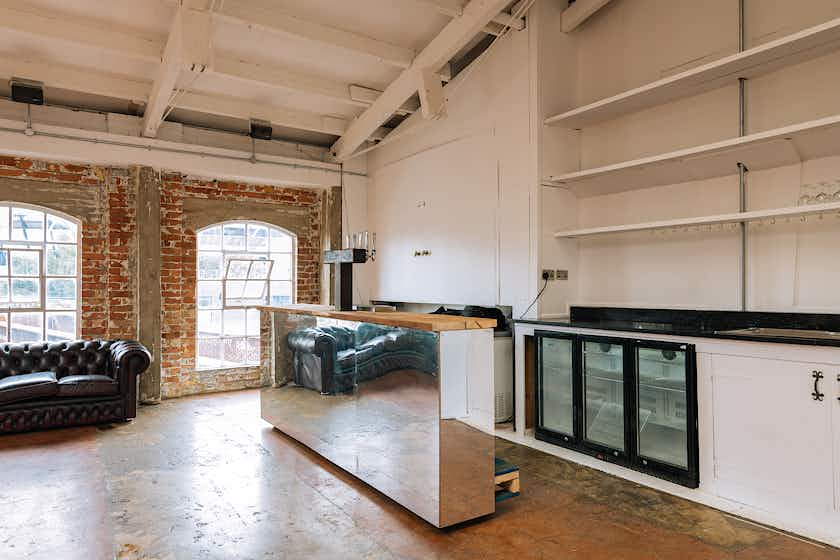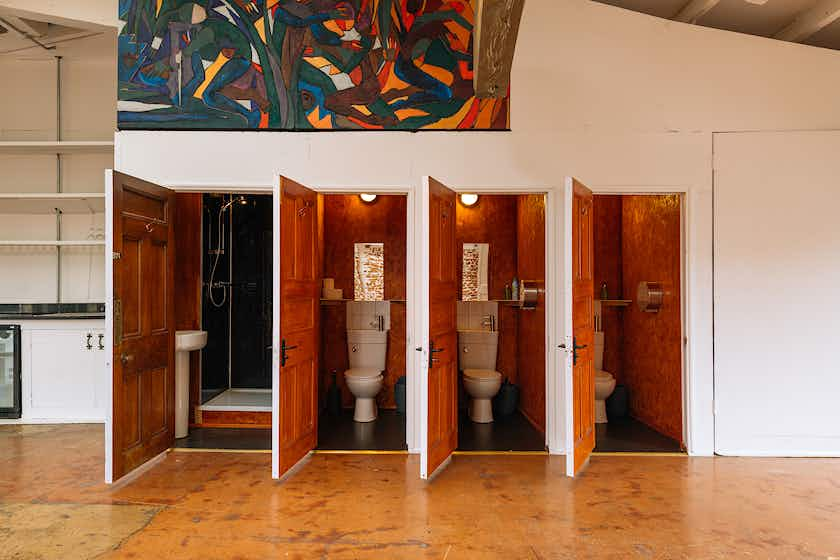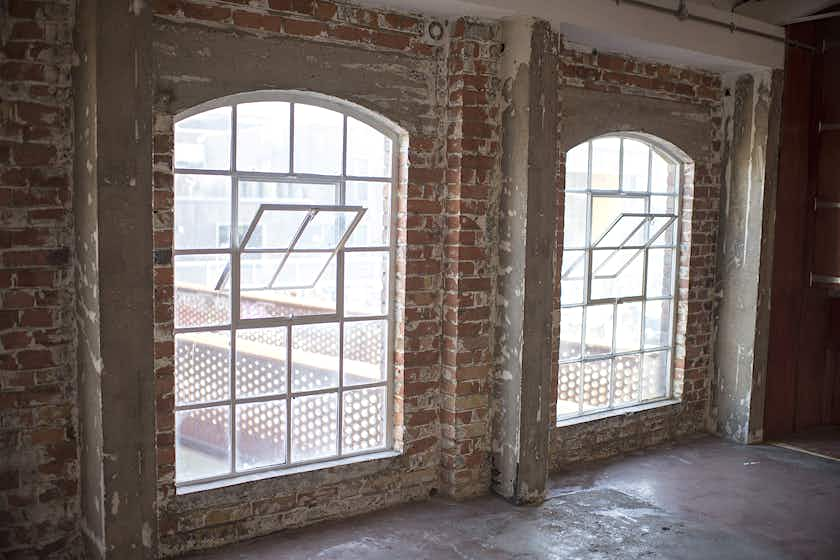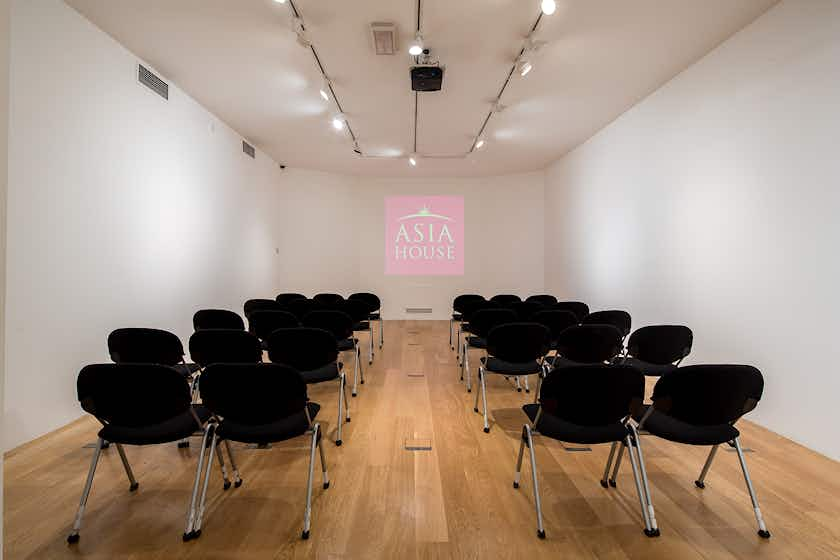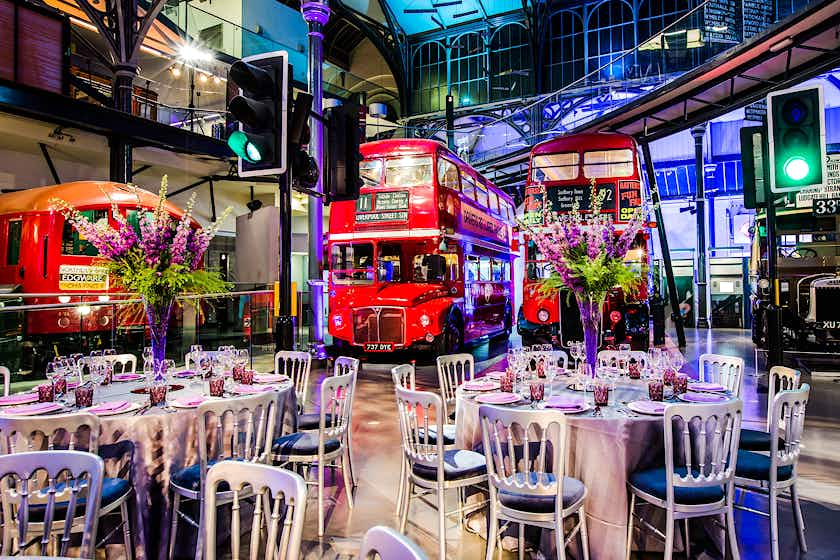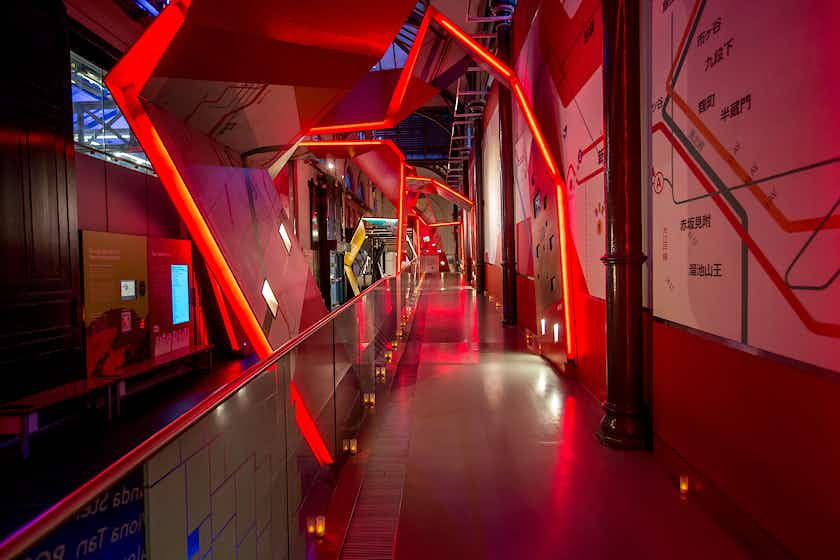Top Trending Exclusive Galleries to Hire in London for 2025
- Ealing BroadwayFrom £2,500per afternoonStanding250Theatre90Cabaret50Dining150Boardroom50
- Bethnal GreenFrom £2,500per dayStanding160Theatre160Dining64Boardroom45
- PaddingtonResponds within 12 hoursFrom £75per hourStanding400Theatre350Cabaret140Dining230Boardroom30
- ShoreditchResponds within 48 hoursFrom £1,500per dayStanding600Theatre150Cabaret100Dining150Boardroom50
- Liverpool StreetResponds within 12 hoursFrom £250per morningStanding600Theatre300Cabaret300Dining300
- AldgateResponds within 12 hoursFrom £10,000per dayStanding500Theatre200Cabaret150Dining150Boardroom100
- PiccadillyResponds within 8 hoursFrom £5,000per eveningStanding300Theatre227Cabaret90Dining144Boardroom80
- Victoria StationResponds within 2 hoursFrom £9,500per dayStanding500Theatre324Cabaret120Dining250
- ShoreditchResponds within 8 hoursFrom £700per dayStanding350Theatre181Cabaret100Dining100Boardroom20
- Old StreetResponds within 4 hoursFrom £3,300per dayStanding330Theatre200Cabaret120Dining180Boardroom60
- FarringdonResponds within 2 hoursFrom £70per hourStanding300Theatre200Cabaret110Dining150Boardroom9
- Hackney WickResponds within 8 hoursFrom £100per hourStanding150Theatre100Cabaret100Dining120Boardroom100
- Oxford CircusResponds within 4 hoursFrom £1,300per dayStanding70Theatre50Cabaret40Dining60Boardroom30
- London BridgeResponds within 4 hoursFrom £60per hourStanding100Theatre50Cabaret50Dining50Boardroom25
- Covent GardenResponds within 48+ hoursFrom £2,500per dayStanding600Theatre200Cabaret40Dining230Boardroom20
- CamdenResponds within 24 hoursFrom £3,500per dayStanding250Theatre80Dining122
Most Popular Exclusive Galleries to Hire in London
How to Curate a Collaborative Art Exhibition
Curating an art exhibition is hard work,
after all, you have to get a group of artists together and anything that has
the word ‘collaborative’ in it is never going to be easy! Yet when it all comes
together, you’re not only producing a collection of powerful artworks that will
speak to those who view it, you’re also publicising the individual artists in
their own right. If you have an idea for an exhibition, then the best way to
start organising is by jumping straight in.
Ask Yourself Why
The most important first step when it comes
to organising a large exhibition, is why you want to do it. What is it about
your idea that you believe people need to see? Is there a certain topic that
you wish to explore? Or is it just that you think local artists need some more
exposure? Are you looking to exhibit a blend of different art, from sculpture,
to oil painting, charcoal drawing and visual, interactive art? Whatever your
reason, make sure that you have a set of goals planned and written down that
you can focus your exhibition towards. This will prevent the work you are
curating going off on a tangent that you hadn’t envisioned and help to focus
your adverting to your preferred audience.
Choose Your Theme
Choosing your theme is what will bring all
of your artwork together. You will need to make it narrow enough that all of
the artists have parameters to stay within, but broad enough to allow for
unusual interpretations that will encourage the biggest range to apply to be a
part of your exhibition. This might be something that you’ve had in mind for a
while, or something that you need to come up with now that you’ve decided to go
ahead with curating. Whatever the answer, make sure that you ask a few artists
what they think of it before releasing an invitation to submit work. It’s
always good to get a few opinions on a theme before finalising it.
Get Artists Together
It’s now time to invite artists to join
your exhibition! If you know a lot of local artists in your area that you think
will fit your theme, ask them directly to submit a few pieces for your
consideration. You can also open it to a wider audience by issuing a call on
social media. You’ll need to make sure that your vision and theme are clear,
and the types of art that you are open to accepting. It’s likely that you will
get a large number of submissions, so limit the number of works that artists
can submit and give them a date that you will respond to them by. This will
prevent any emails asking for updates while you are in the midst of the
reviewing process.
Hire a Venue
While you can pitch your event to some
well-known galleries, sometimes it’s much easier to hire out a venue yourself.
After all, you know that your exhibition is worth seeing, why do you need to go
through the hassle of proving that to galleries when you can hire a space that
will be completely your own? While you might only be able to keep the
exhibition open for a few days, this will be more than enough time to promote,
have an opening event, and get interested parties down to view the work. If
there’s a time-limit involved, people might be even more inclined to make an
effort to seek out the exhibition. There are a huge variety of art galleries
for hire in London, all with their own unique atmosphere to them. This means
that you’re sure to find the one that suits the artwork that you are curating
perfectly, and you can kit it out in whatever way you want.
Get Promoting
You need to start to advertise your curated
exhibition as early as you can in order to garner interest from all around the
art community. It’s important that you develop a solid media plan that includes
a press release that can be handed out to all media that attend the opening of
the exhibition. Without a good press release, you’re unlikely to get much media
coverage. Send a copy of this out to all of your local media. Promoting online
and offline are equally important. You should have a poster advertising your
exhibition as well as flyers that can be placed in all of the local arts centres.
Social media advertising needs to be strategic and well planned in order to
reach the largest amount of people possible.
Have an Opening
An exhibition is nothing without its
opening. Get all of the artists together, invite some local art critics as well
as the general public, and try to make it as grand an affair as possible. The
audience will expect you to speak, but keep it short and remember to thank any
sponsors you have that helped to bring the exhibition into existence. It’s
always a good idea to have some caterers in to serve up canapes to your audience,
as well as some wine for them to sip while they mingle and view all of the
artwork. Ensure that there are copies of the catalogue available with up to
date pricings for any of the work that’s for sale. If you need to, hiring
someone who can deal with any prospective buyers is a huge plus and will help
the evening to run smoothly.
Curating an art exhibition where a number of different artists come together under one overarching theme is a huge achievement, and you shouldn’t sell yourself short when you’re the one that makes sure it all comes together. Introducing people to new artists and styles of art is its own reward, but you also need to give yourself a well deserved break once it’s all over.
Popular areas for galleries venues in london
- Angel
- Bankside
- Barbican
- Bermondsey
- Bethnal Green
- Bloomsbury
- Borough
- Cambridge Heath
- Central London
- Chancery Lane
- Charing Cross
- Clerkenwell
- Covent Garden
- Dalston
- Ealing Borough
- East London
- Elephant and Castle
- Embankment
- Farringdon
- Finsbury
- Fitzrovia
- Goodge Street
- Hackney Central
- Hackney Marshes
- Hackney Wick
- Haggerston
- Holborn
- Homerton
- Hoxton
- Islington Borough
- Kings Cross
- Kingston upon Thames
- Leicester Square
- Liverpool Street
- London Bridge
- London Fields
- Mile End
- Moorgate
- North East London
- North London
- Old Street
- Oxford Circus
- Oxford Street
- Piccadilly
- Piccadilly Circus
- Russell Square
- Shoreditch
- Soho
- South Bank
- South East London
- South Hackney
- South London
- Southwark
- Spitalfields
- Stratford
- The West End
- Tottenham Court Road
- Tower Bridge
- Victoria Park
- Waterloo
- Whitechapel








